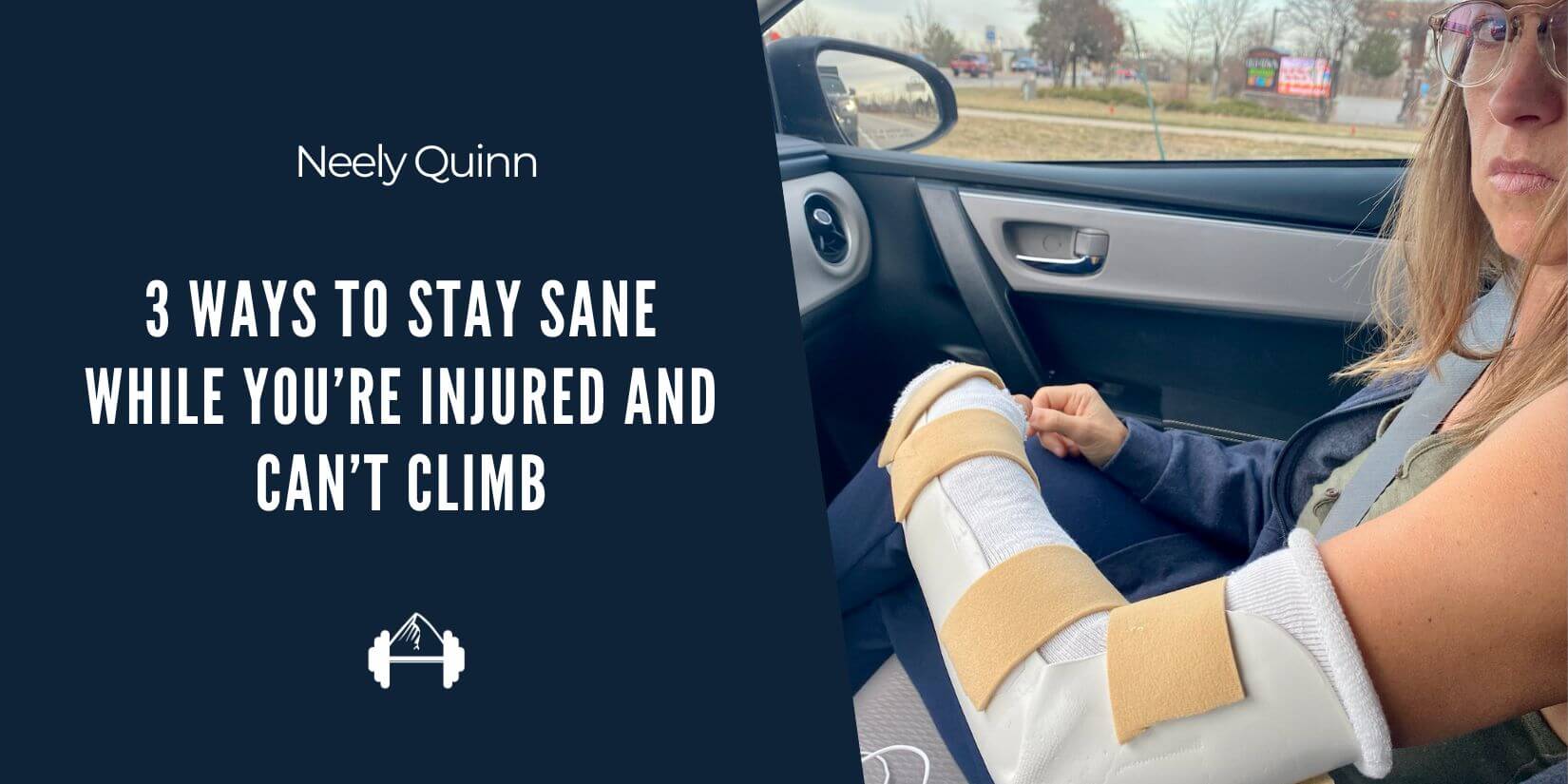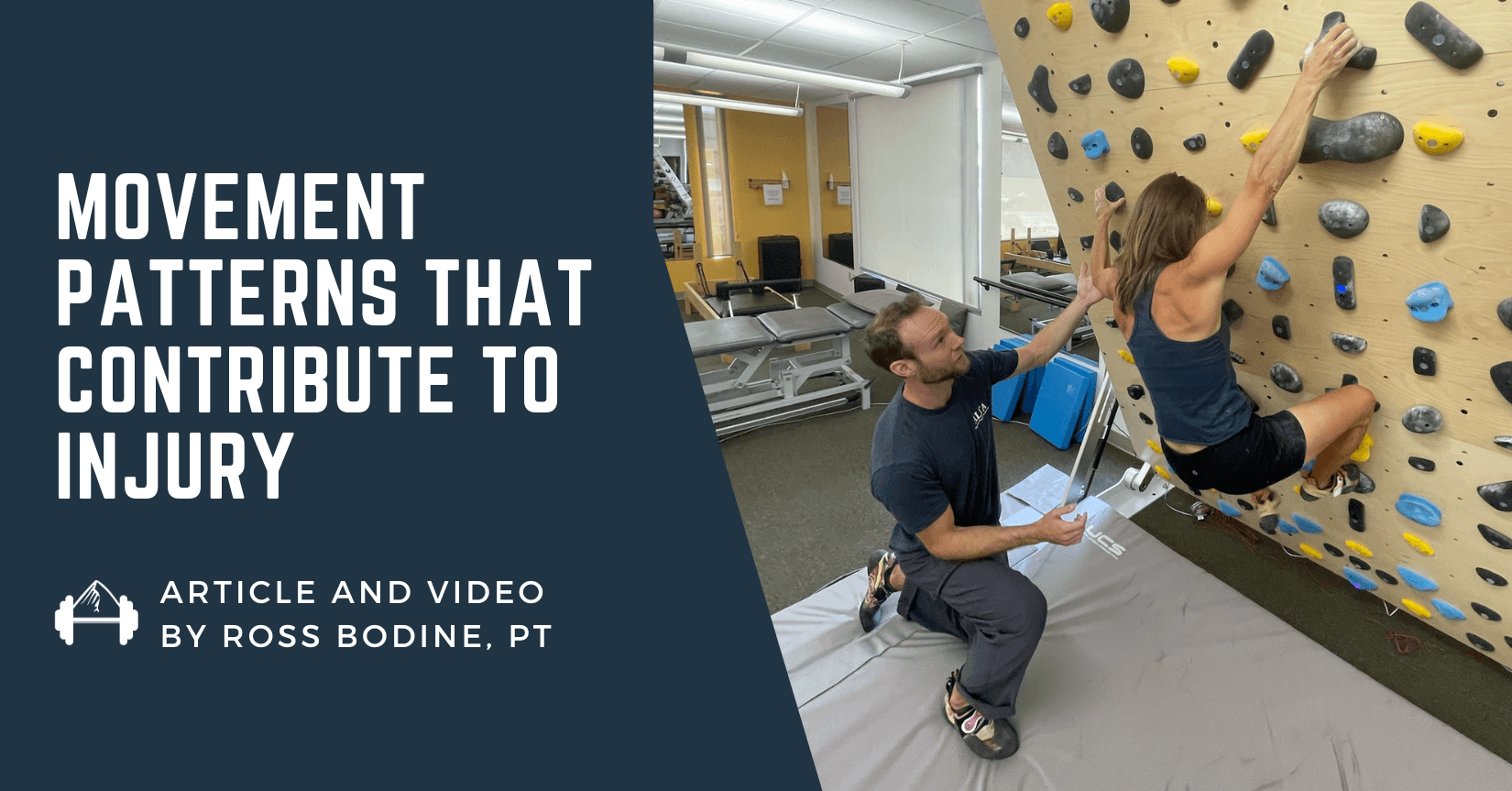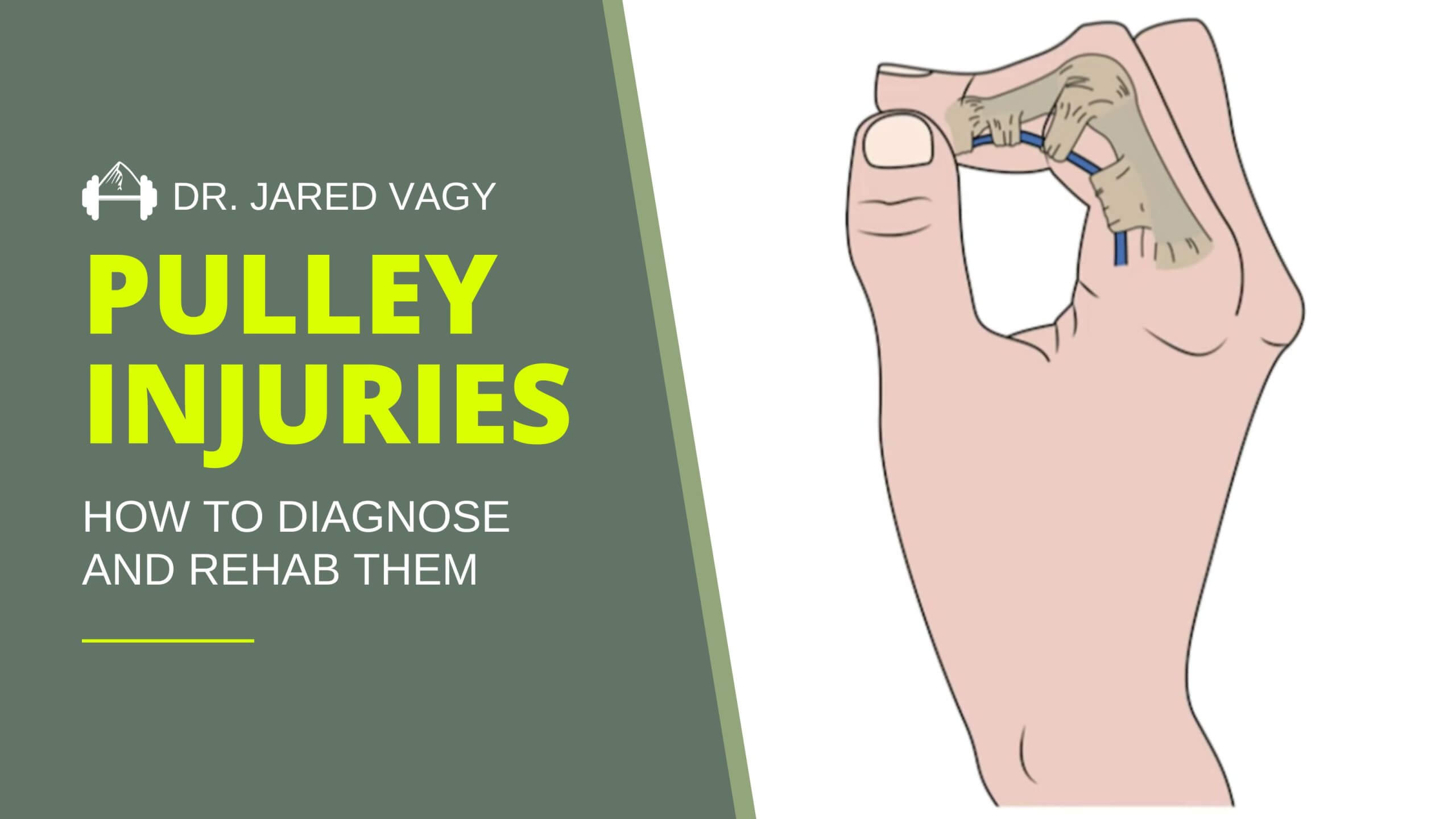Elbow pain, whether from tendonitis or tendinosis, can be one of the most frustrating and debilitating climbing injuries. Because these conditions can seem like minor problems in the beginning, there is a temptation to simply ignore them and continue climbing. However, tendonitis and tendinosis need to be dealt with like any serious climbing injury. If you do not address the underlying causes you will simply add to your recovery time and the pain in your elbows will become more and more debilitating.
To help you better understand elbow pain and how to effectively treat it, here’s an article by Eric Hörst of Training for Climbing that outlines exactly what elbow tendonitis and tendinosis are and then gives you the necessary knowledge to effectively treat these conditions.
“As in treating other injuries, you can more easily manage tendinopathy (any tendon injury) and speed your return to climbing by early recognition of the symptoms and proactive treatment. The mature and prudent approach of attending to the injury early-on versus trying to “climbing through it” could mean the difference between six weeks and six months (or more) of climbing downtime.” – Eric Hörst
Treatment Phases:
In terms of treatment, Hörst splits his approach into two phases. Phase 1 consists of relieving any pain and in the case of tendonitis addressing any inflammation. Phase 2 prioritizes engaging in rehabilitative and stretching exercises to address the underlying problems causing the condition.
Using this two phased approach for dealing with climbing injurie allows you to both deal with the immediate condition and then address the underlying causes in an effort to reduce the risk of re-injury.
Tendonitis/Tendinosis Treatment Tips:
For treating elbow tendonitis and tendinosis, Hörst outlines a series of exercises and stretches. However, here’s a summary of his treatment tips for both phase 1 and phase 2:
- Cease climbing and climbing-specific training.
- Apply ice to the injured area and take NSAID medications only if the injury produces palpable swelling (most elbow tendinopathy does not) or persistent pain. Cease use of ice and NSAIDs as soon as swelling and pain diminish—further use may slow healing.
- Never use NSAIDs to mask pain in order to continue climbing while injured. Regular use of NSAIDS (and smoking) may actually weaken tendons!
- If no swelling is present, begin mild stretching, light massage, and use of a heating pad (ten to fifteen minutes) three times per day. Most important is twice-daily use of the forearm stretches shown above.
- Use an Armaid daily to improve forearm muscle tissue quality (never use on tendons).
- If no swelling is present and if pain is minor, engage in rehabilitative exercises on an every-other-day basis. Perform some warm-up activities such as arm circles, finger flexions, massage, or use of a heating pad. Use reverse wrist curls and reverse arm curls for lateral tendinosis and forearm pronators for medial tendinosis.
- Cautiously return to climbing when your elbow is pain-free and no sooner than after two to four weeks of strength-training exercise. Begin with easy, foot-oriented climbing for the first few weeks, and limit use of the crimp grip. Cease climbing if you experience pain while climbing and immediately return to step 2.
- Commit to long-term training of the forearm pronator and extensor muscles, and enjoy daily stretching and Armaid use for as long as you are an active climber.
Click through below to read the complete article. In it, Hörst goes into greater detail about the anatomy of the elbow and the stretches and exercises that will help treat and prevent the onset of “climber’s elbow.”
Full Article: Treating “Climber’s Elbow”
(photo courtesy of trainingforclimbing.com)
Other Articles You Might Like:
- Injury-Free Movement for Rock Climbers
- Quadrupedal Movement and Its Benefits for Climbing
- Finger and Elbow Injuries: Pushing Through the Tweaks, Twinges, and Pains.
- Make or Break: Don’t Let Climbing Injuries Dictate Your Success






Leave A Comment